Stewart Projection Screens
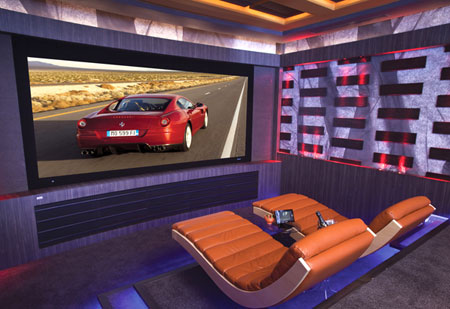
Photo courtesy Surround Sounds, Perth, Australia
If you've been reading about home theater for any length of time, you've probably heard of Stewart Filmscreen, a family-owned company that represents the lion's share of the consumer and commercial projection-screen market. Its product range is vast, so I'll focus on three high-end home-oriented offeringsCineCurve, Director's Choice 2.0, and StarGlas.
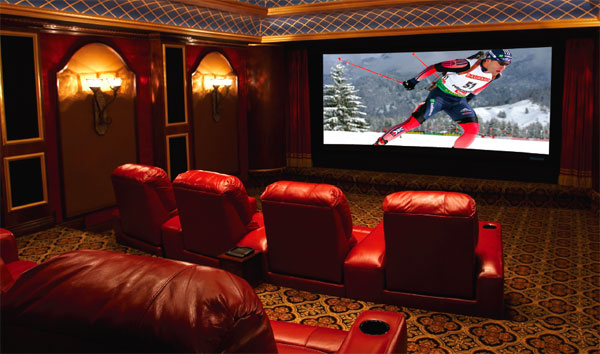
Photo courtesy Erskine Group, Smyrna, GA
As you may know, anamorphic lenses allow 16:9 projectors to reproduce 2.35:1 images by optically stretching the image in the horizontal direction while electronic processing within the projector interpolates pixels in the vertical direction. This uses all the projector's pixels in the active image instead of losing a third of them to black bars. To accommodate this trend, screen makers began to offer 2.35:1 flat screens. However, an anamorphic lens optically distorts the shape of the image, especially on the far sides. To address this problem, Stewart developed CineCurve, a support structure that holds the screen in a gentle concave curve, which compensates for the anamorphic-lens distortion and replicates the curvature of a commercial-cinema screen.
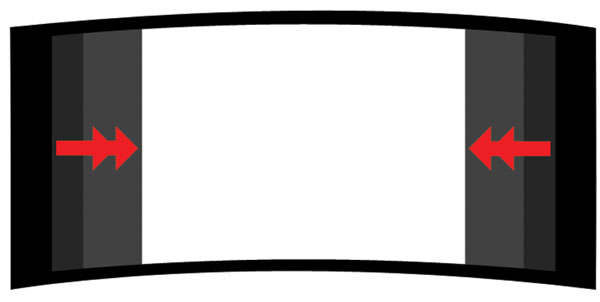
Any of Stewart's many screen materials can be installed in the CineCurve structure, which also includes side maskinglengths of black cloth on motorized spools that move in and out from the sides to change the shape of the screen from 2.35:1 to 1.85:1 (another common movie aspect ratio) to 16:9 to 4:3 or anything in between, all with constant image height. Covering unused portions of the screen with black cloth increases the perceived contrast of the image, improving picture quality immensely.
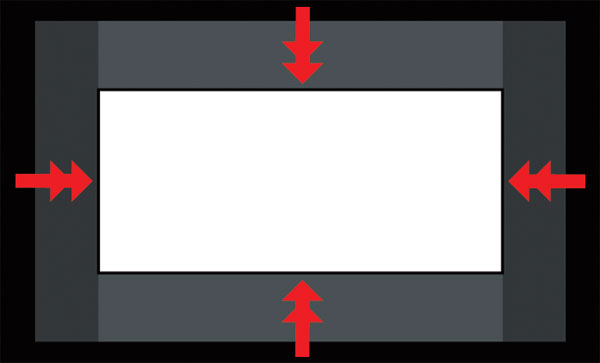
While the "constant height" approach has gained a lot of favor, some experts advocate "constant area," in which different aspect ratios encompass equal surface areas. For this, Stewart offers Director's Choice 2.0, a framework with 4-way motorized masking on the top, bottom, and sides. The screen's native aspect ratio is 2.0:1, and it can be masked to any aspect ratio from 4:3 to 2.40:1. As with CineCurve, any screen material can be installed in a Director's Choice structure.
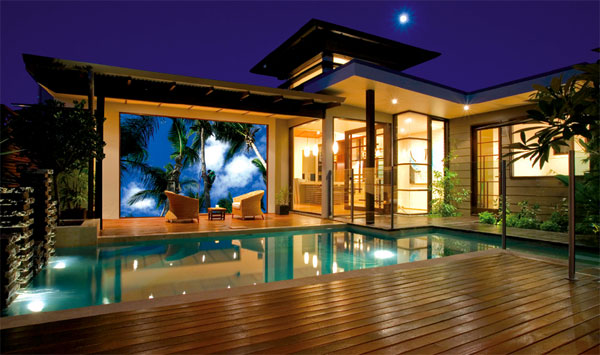
In some high-end installations, the projector is placed behind the screen; this is especially popular in outdoor settings. Both CineCurve and Director's Choice can be outfitted with rear-projection screen materials, but you wouldn't want to install either one outdoors. There, you want StarGlas, a rigid, frosted-glass material designed to display the image from a projector behind it (which is protected from the elements!). You could also install it in an indoor wall, as long as there's enough room behind the screen for the projector. The result looks like a huge flat-panel TVhow cool is that?
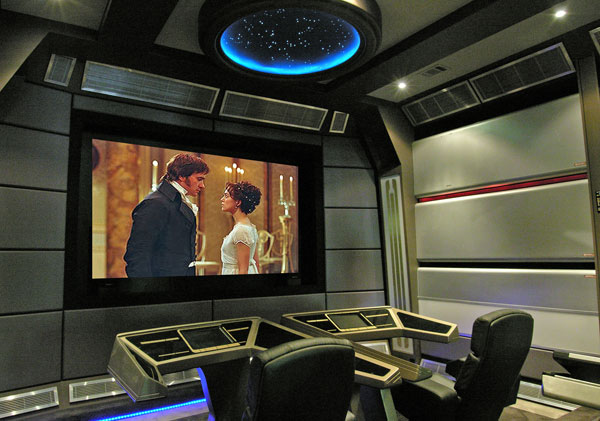
Photo courtesy Erskine Group, Smyrna, GA
Of course, the cost of these screen systems depends on the size and options you select, but in any event, they ain't cheap. CineCurve starts at about $18,000, while Director's Choice 2.0 starts in the $40,000 range, and both can reach $100,000 or more. StarGlas costs about $230/square foot, so the largest size126 x 204 incheswill set you back around $41,000. But for the very well-heeled, any of these systems will provide the ultimate cinematic experience at home.





























































